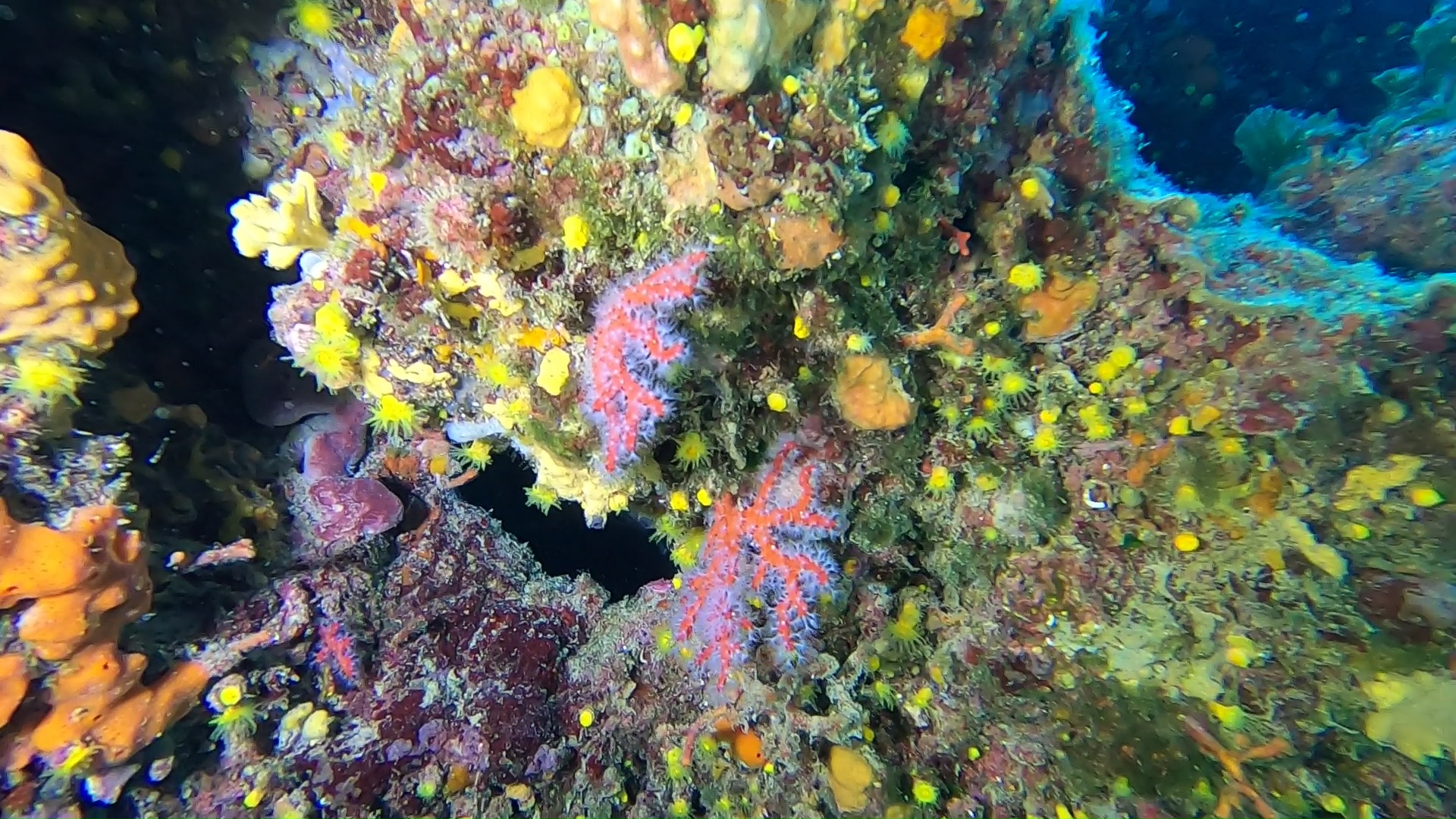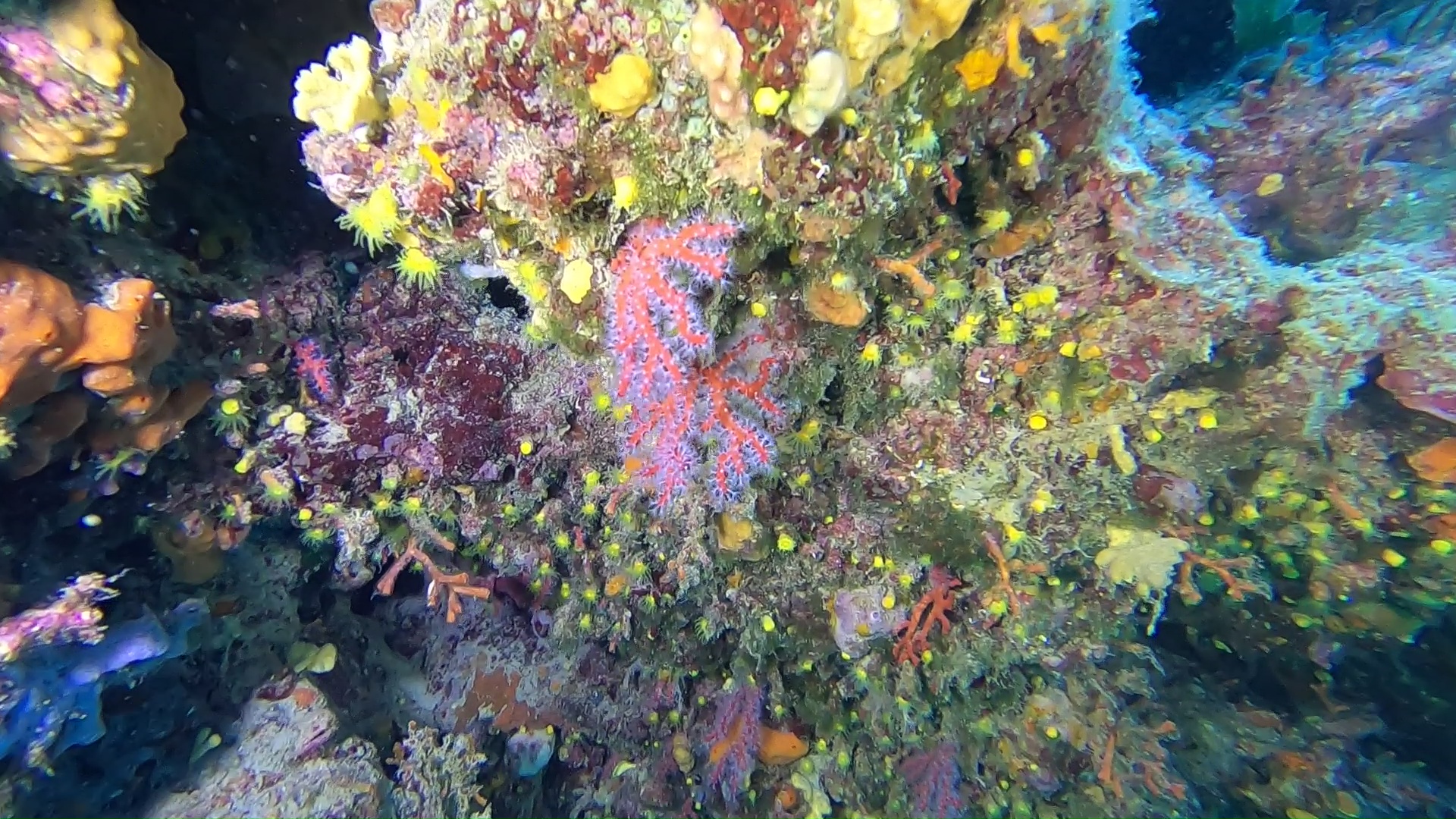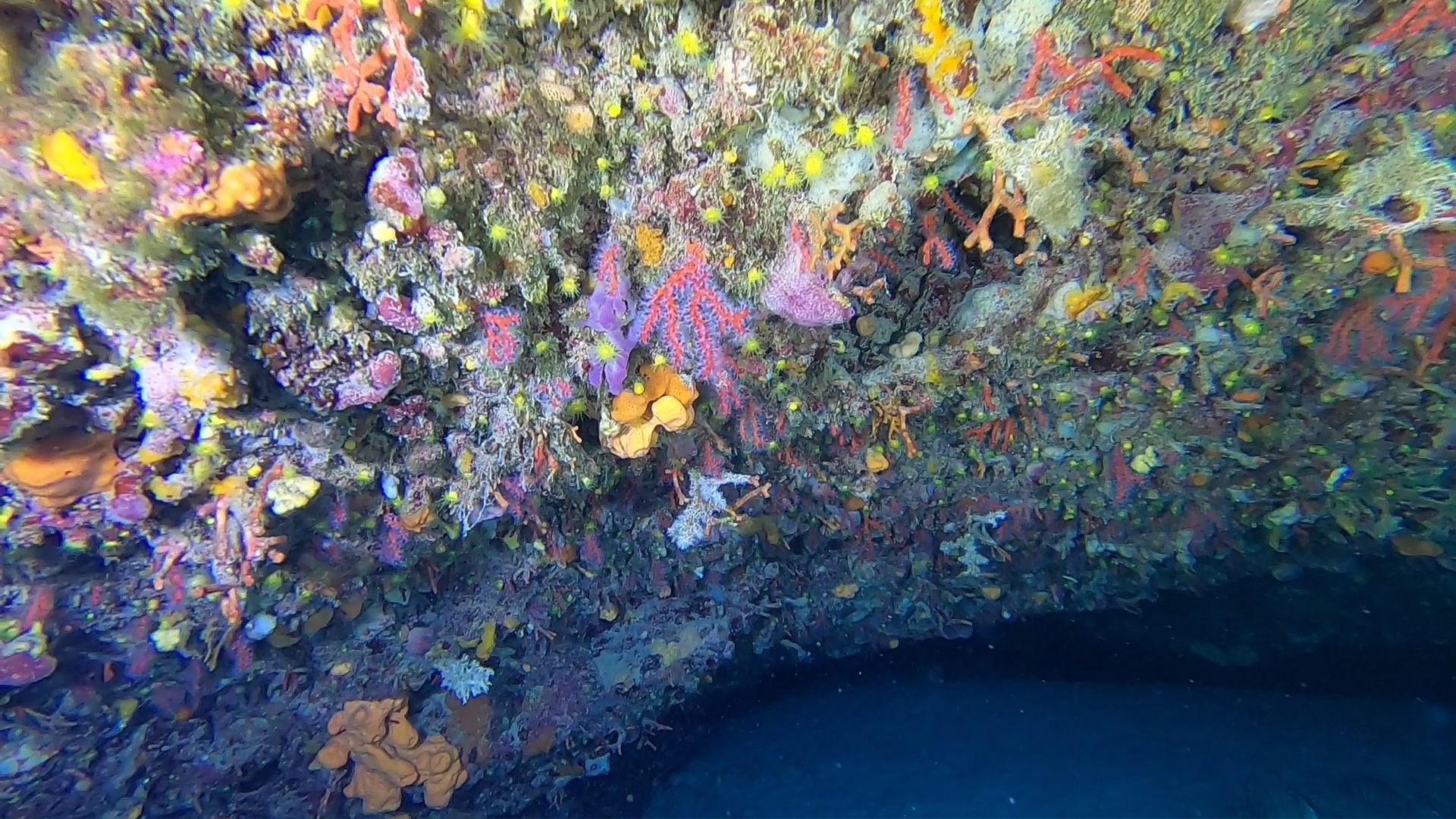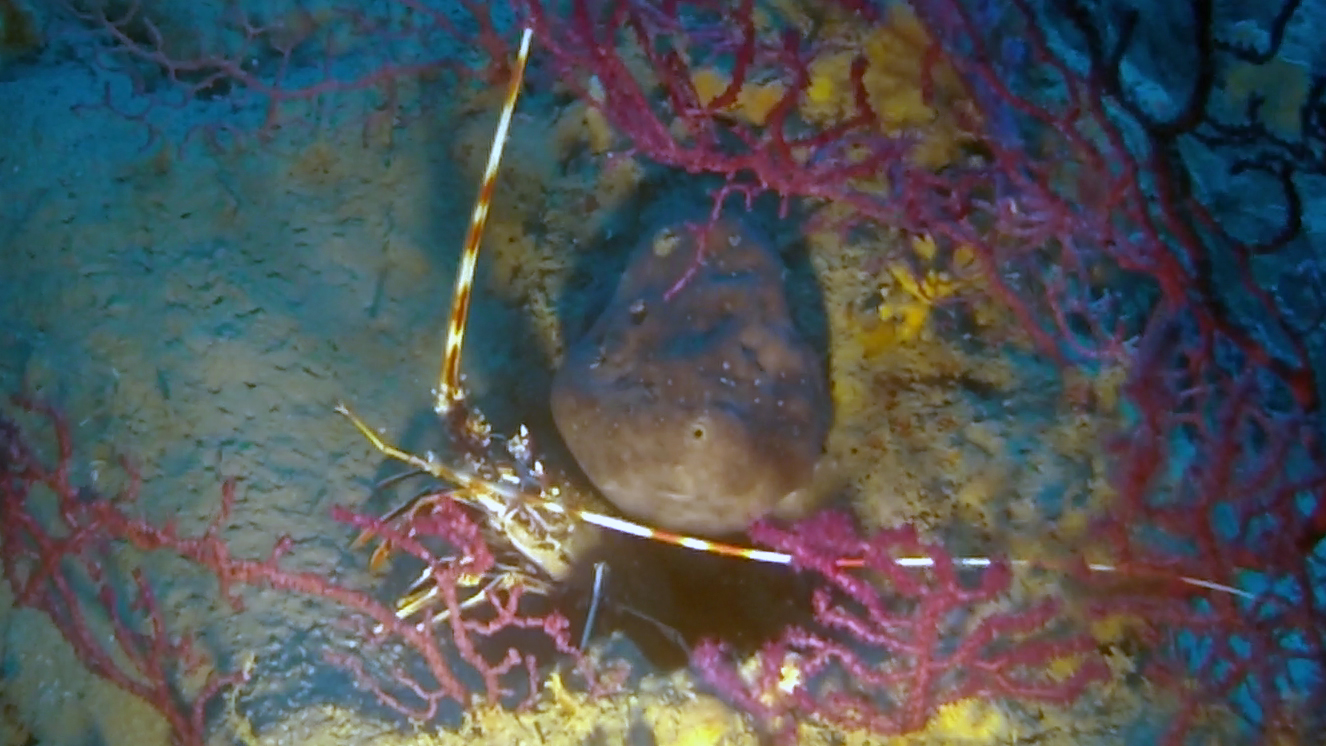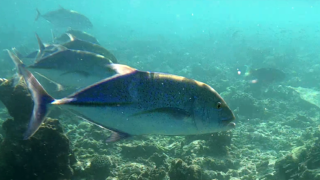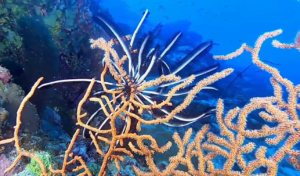Red coral is repopulating our seas, Corallium rubrum (Linnaeus, 1758) is an octocorallo of the Coralliidae family, once widespread in the Mediterranean sea and in the eastern Atlantic. Il Corallo rosso sta ripopolando i nostri mari intotheblue.it
This coral species typical of the Mediterranean Sea has been the subject of indiscriminate fishing since the 1800s, especially during the last 60/50 years so as to define it as an endangered species. The causes in addition to overfishing, often unregulated and once operated with destructive methods such as “ingegno” (ingenious), are also due to the particular conditions in which Corallium rubrum grows and thrives.
Until the early 1900s, “ingegno” was used to fish for coral, that is to say two large wooden planks arranged in a cross from which clusters of nets hang. The ingenuity was lowered from the boat into the sea and pulled up and down. This movement, added to the movement of the boat, meant that the branches on the rocks got caught in the nets and ripped off the rocks often breaking them.
Red Coral needs special living conditions: constant water salinity (which must be between 28% and 40 ‰, depending on the place and type of coral), reduced water movement and attenuated lighting. The rate of sediment suspended in the water, if too high, limits its survival.
Furthermore, this endemic species of the Mediterranean Sea has a very slow growth of about 3–4 mm per year in height and 0.25-0.60 mm per year in diameter and this makes it particularly vulnerable to the collection action of the man.
It therefore lives preferably in shady and sheltered places (as we also see in the video: semi-dark caves, overhangs, crevices of the rocks), starting from the depth of 20/30 meters up to 200 meters. Exceptionally it can be observed at low depths (4 m) and has also been reported at depths up to 800 m.
Once it could be found in considerable quantities, in the caves of the areas of Porto Conte, Capo Caccia and Punta Giglio in the north-west of Sardinia, in the territory of Alghero: for these reasons the territory of which the Sardinian city is the capital takes the name of Riviera del Corallo. In Liguria, in the Portofino Marine Reserve, the presence of red coral is continuous throughout the southern slope between 15 and 45 meters deep, with even 200 colonies per square meter.
In this video we see it in small colonies of small size, some of these already have the typical ramifications characteristic of this species, I dare say in good health and in an ideal environment for which it can grow undisturbed. In the images we see how it is “flowery”, that is, vital, with the white and semitransparent polyps everted in search of food.
We will obviously not say where we are and where this dive was made. The fact that it can be found in the caves of a coral wall that goes from 22 to 39 meters deep (at relatively low altitudes and accessible even to less experienced divers) seems to us to be a good omen and a good sign that the sea if left alone manages to thrive its organisms.
To date, in Italy there is a selective type of fishing, carried out in the water directly by professional “coral” divers, which allows, if carried out with criteria, to maximize the yield of the fishing with the choice of only the largest branches while allowing the safeguard of the species. However, it is often linked to man’s discretion and always having a significant economic value, rules, common sense and duty to safeguard endangered species are not always respected.
.
https://it.wikipedia.org/wiki/Corallium_rubrum
https://en.wikipedia.org/wiki/Precious_coral
 English
English Italiano
Italiano
